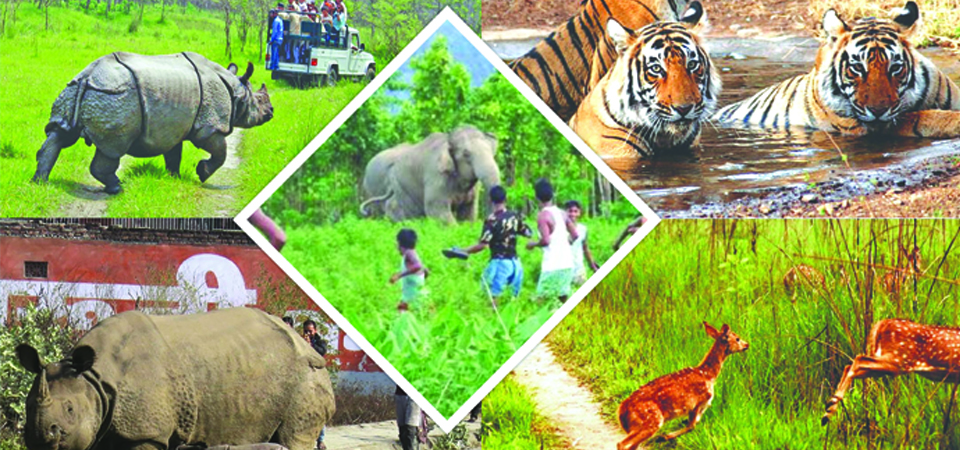
Human-wildlife conflict occurs when interactions between humans and wildlife lead to negative impacts on both. Here are some facts of human wildlife conflict –
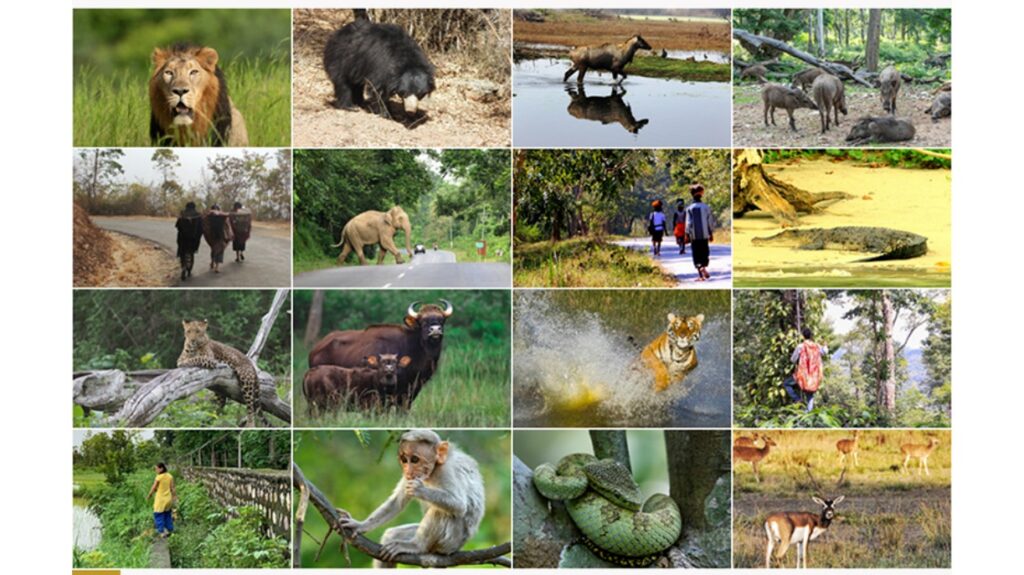
1. General Facts
Global Issue occurs worldwide, affecting both developed and developing regions.
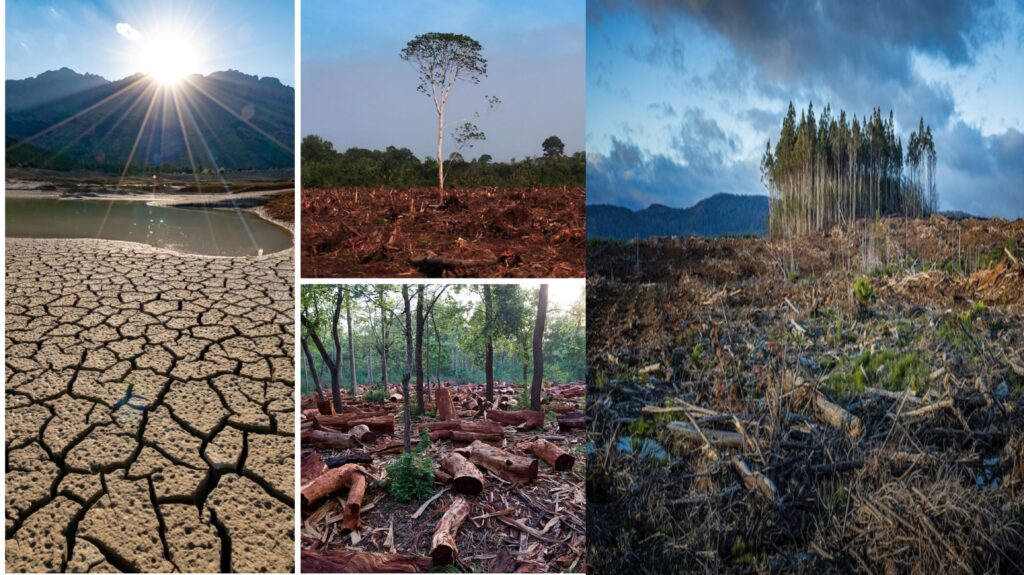
Increasing frequency Deforestation, urban expansion, and climate change are causing more human-wildlife encounters.

Affects Biodiversity retaliatory killings of animals threaten endangered species like elephants, tigers, and wolves.
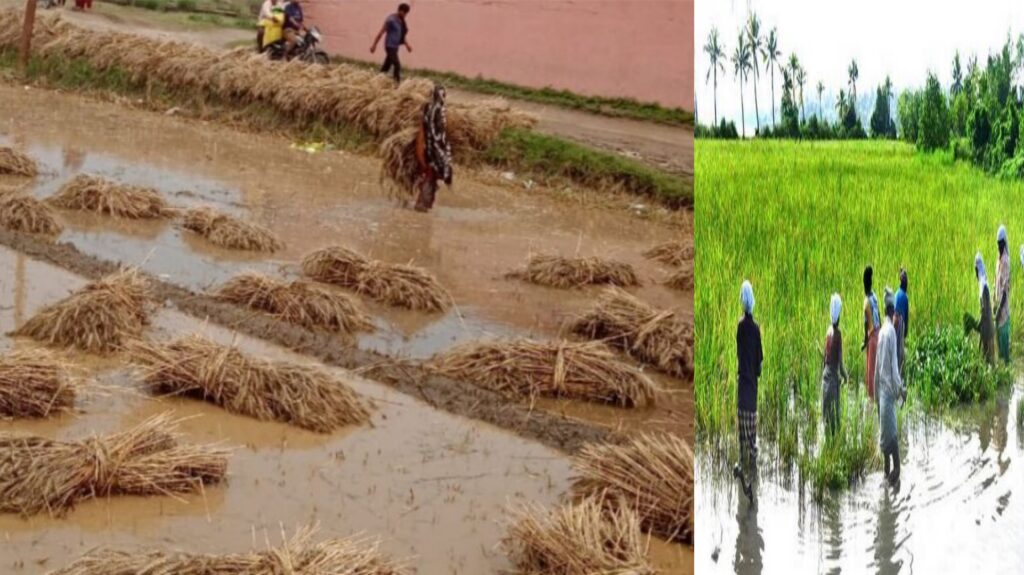
Economic Losses farmers lose crops and livestock to wildlife, costing billions of dollars annually.
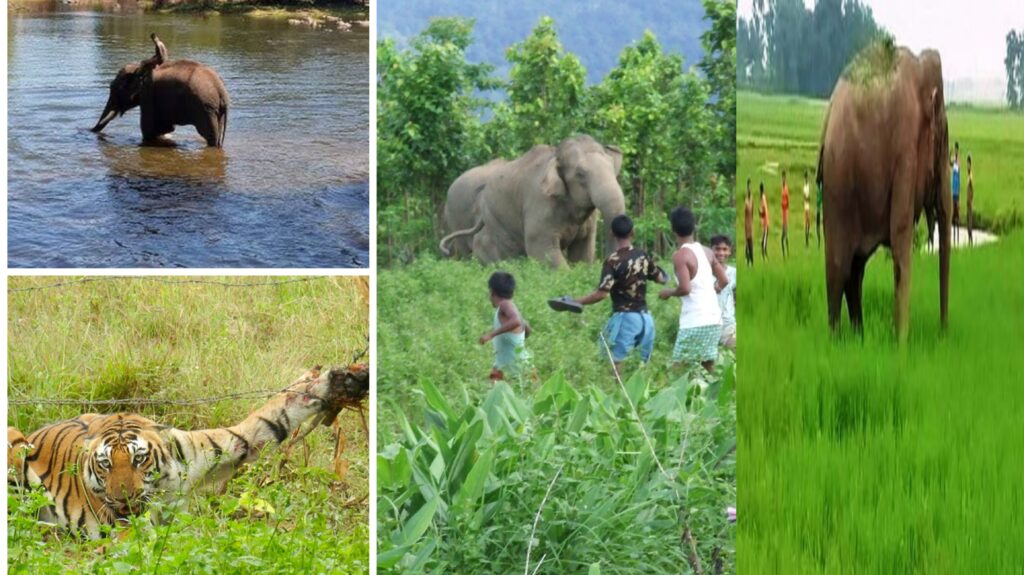
Human Casualties Conflicts with large animals like elephants, crocodiles, and big cats lead to injuries and deaths.
2. Causes of Human-Wildlife Conflict
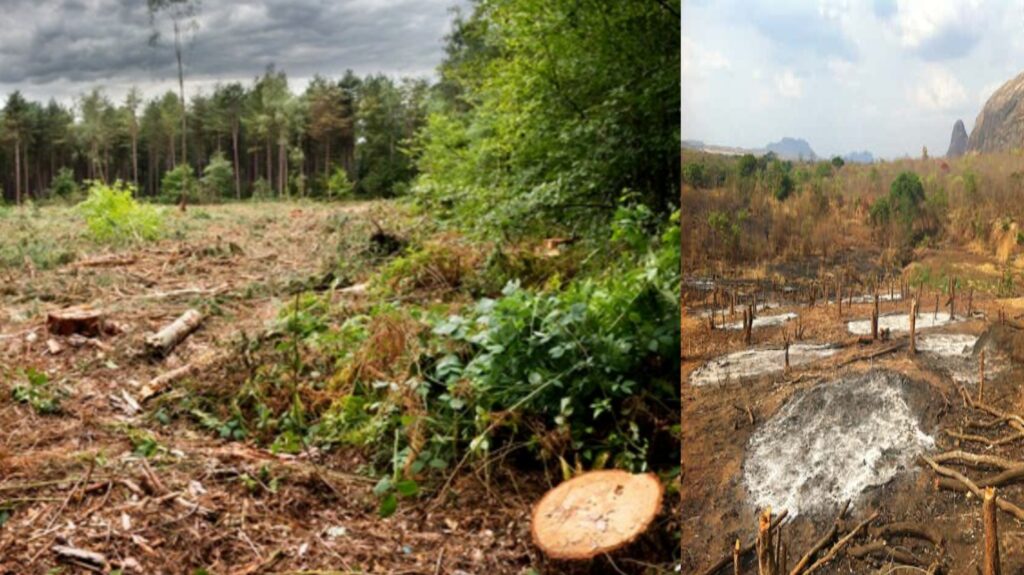
Habitat destruction expanding agriculture and infrastructure encroach on wildlife habitats.
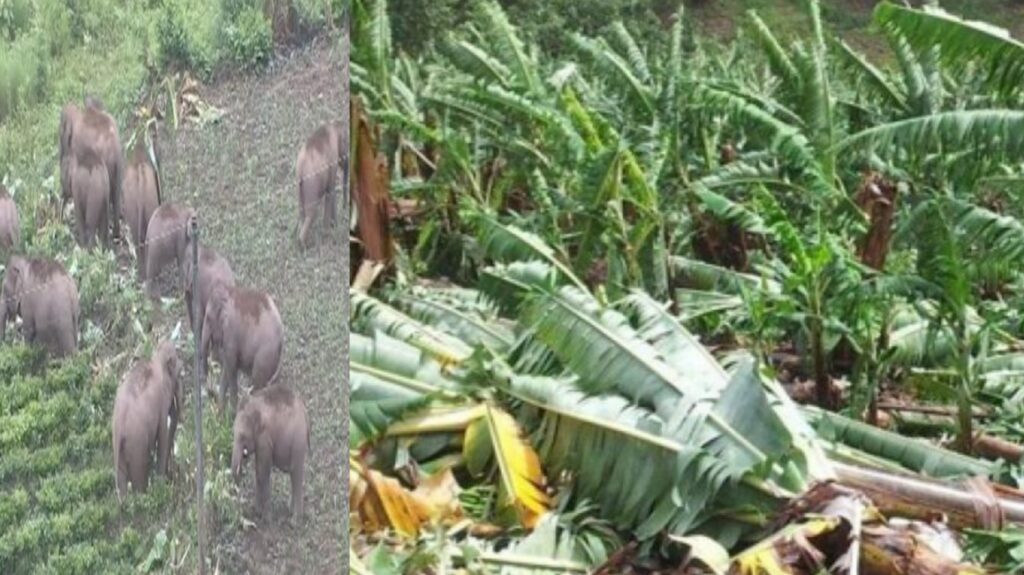
Food scarcity cause animals invade farms and settlements in search of food.
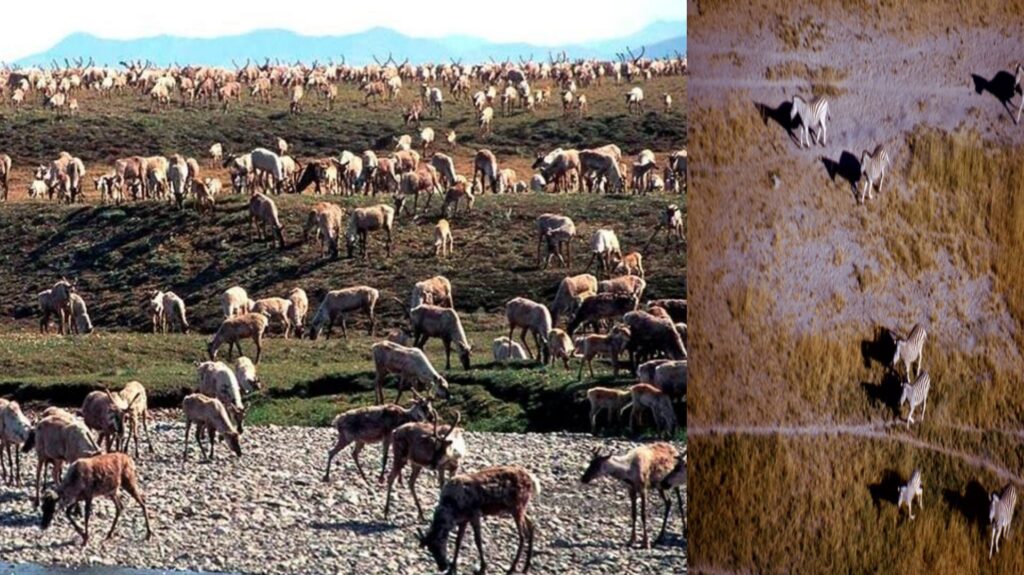
Climate change and changing weather patterns alter animal migration routes, leading to conflicts.
Urbanization cities expanding into natural habitats increase encounters with wild animals.
Tourism & Poaching increased human activity in wildlife areas disturbs animals.
3. Examples of Human-Wildlife Conflict
India Elephants raid crops and damage homes, leading to human and animal deaths.
Africa lions farmers kill lions to protect livestock, reducing their population.
North America Bears enter towns searching for food, leading to conflicts with humans.
Australia Kangaroos overpopulation leads to vehicle collisions and crop destruction.
4. Solutions to Reduce Conflict
Community based conservation engaging locals in wildlife protection.
Habitat restoration creating buffer zones between human settlements and wildlife.
Technology use GPS collars, drones, and fences to monitor and protect animals.
Sustainable farming using techniques to deter wildlife without harming them.
Education awareness teaching people how to coexist with wildlife.